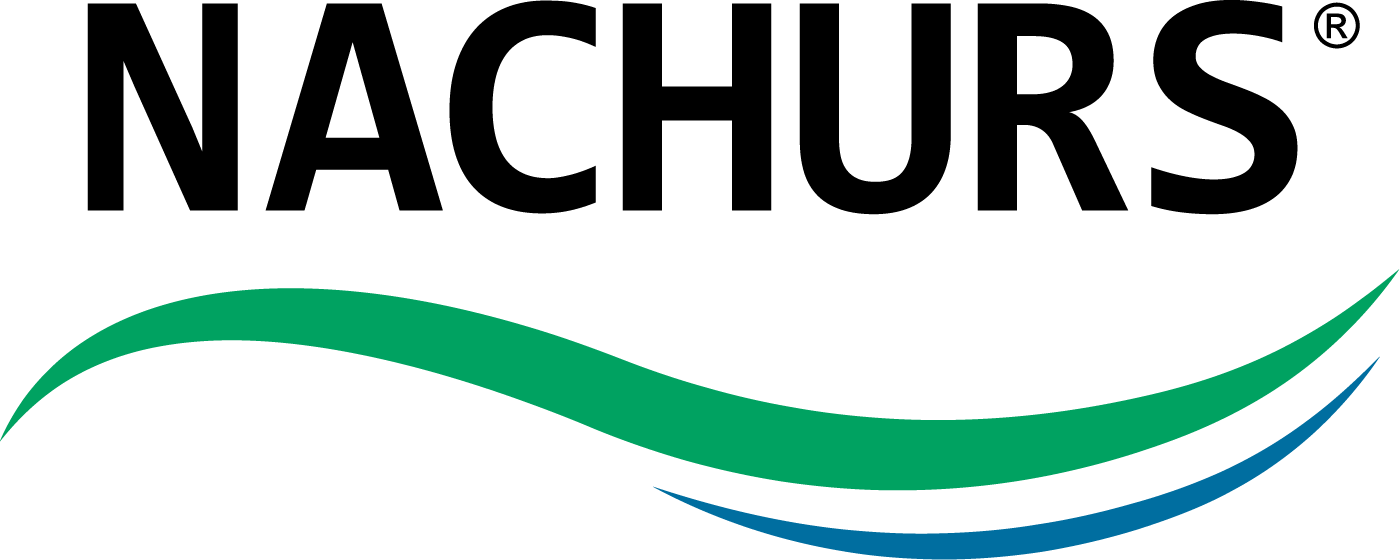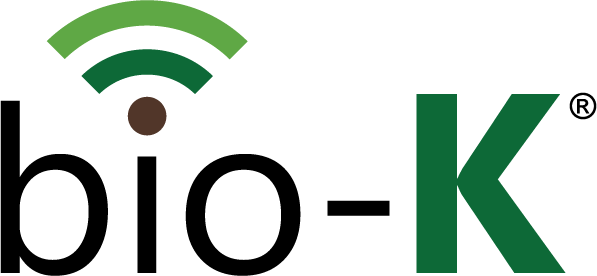There Is Nothing Magic about Nutrient Efficiency
High efficiency fertilizer applications are often misunderstood by those who could potentially benefit from them. Farmers are often told that “one product may be 5 or 6 times more efficient than standard fertilizer” or “if you apply fertilizer in a different manner you will increase efficiency by 50%”. These statements may or may not be true, but they don’t tell the whole story and they often lead to misunderstanding and mistrust between the farmer and the retailer. Fertilizer efficiency can be described as how effective a fertilizer application is at being absorbed by the growing crop. We need to understand that the environment in which these fertilizers are being applied dictates the actual “nutrient efficiency”. The specific crop environment works against fertilizer applications by leaching, binding, and volatilizing fertilizer. The environment varies greatly between fields, regions, and seasons. It is affected by weather, soils, crop variety, compaction, and a host of other factors. There are two factors that affect the efficiency of a fertilizer application. Managing the way we apply fertilizer is one - careful selection of the source of fertilizer is the other. Considerations for applying fertilizer efficiently: Placing some fertilizers in a band will minimize reactions with the soil; Foliar feeding crops may move a much higher percentage of nutrients into the plant than soil applications; Adding chemistry that stabilizes fertilizer in the environment will help reduce nutrient loss through volatilization or binding in soils; Applying nutrients when the plant needs them reduces time the fertilizer is exposed to the environment which increases plant availability. Considerations for selection of fertilizer source for improved efficiency: All nutrients must be soluble to move into a plant. Any portion of the fertilizer which is not in liquid suspension will not be taken into the growing crop. Nutrients must have minimal burn potential. Salt content of a fertilizer can burn roots or foliage. When growing tissue is negatively affected by salt it is unable to absorb the potential fertilizer. Nutrient form may reduce loss or increase plant uptake. Understanding chemistry is difficult. We understand differences between urea, nitrate, and anhydrous ammonia, but other nutrients are much less understood; orthophosphates are available for immediate uptake and potassium sources must be paired with another element such as chloride, sulfate, etc. Ultimately, if nutrient input does not equal crop removal we are mining nutrients from the soil. One day this will require that the mined nutrients must be replace to maintain productivity. Therefore maintaining an acceptable level of soil fertility and then utilizing fertilizer sources and application methods that move a higher percentage of nutrients into the plant is the most logical approach to improve productivity, profit, and sustainability. NACHURS leads the industry with development of core fertility products which improve crop nutrient uptake. NACHURS' next generation of products (Rhyzo-Link, Bio-K, NACHURS Finish Line, and Aqua-Tech) improve upon these industry leading standards!-Wayne Becker, Southern US Sales Agronomist
High efficiency fertilizer applications are often misunderstood by those who could potentially benefit from them. Farmers are often told that “one product may be 5 or 6 times more efficient than standard fertilizer” or “if you apply fertilizer in a different manner you will increase efficiency by 50%”. These statements may or may not be true, but they don’t tell the whole story and they often lead to misunderstanding and mistrust between the farmer and the retailer.
Fertilizer efficiency can be described as how effective a fertilizer application is at being absorbed by the growing crop. We need to understand that the environment in which these fertilizers are being applied dictates the actual “nutrient efficiency”. The specific crop environment works against fertilizer applications by leaching, binding, and volatilizing fertilizer. The environment varies greatly between fields, regions, and seasons. It is affected by weather, soils, crop variety, compaction, and a host of other factors.
There are two factors that affect the efficiency of a fertilizer application. Managing the way we apply fertilizer is one - careful selection of the source of fertilizer is the other.
Considerations for applying fertilizer efficiently:
- Placing some fertilizers in a band will minimize reactions with the soil;
- Foliar feeding crops may move a much higher percentage of nutrients into the plant than soil applications;
- Adding chemistry that stabilizes fertilizer in the environment will help reduce nutrient loss through volatilization or binding in soils;
- Applying nutrients when the plant needs them reduces time the fertilizer is exposed to the environment which increases plant availability.
Considerations for selection of fertilizer source for improved efficiency:
- All nutrients must be soluble to move into a plant. Any portion of the fertilizer which is not in liquid suspension will not be taken into the growing crop.
- Nutrients must have minimal burn potential. Salt content of a fertilizer can burn roots or foliage. When growing tissue is negatively affected by salt it is unable to absorb the potential fertilizer.
- Nutrient form may reduce loss or increase plant uptake. Understanding chemistry is difficult. We understand differences between urea, nitrate, and anhydrous ammonia, but other nutrients are much less understood; orthophosphates are available for immediate uptake and potassium sources must be paired with another element such as chloride, sulfate, etc.
Ultimately, if nutrient input does not equal crop removal we are mining nutrients from the soil. One day this will require that the mined nutrients must be replace to maintain productivity. Therefore maintaining an acceptable level of soil fertility and then utilizing fertilizer sources and application methods that move a higher percentage of nutrients into the plant is the most logical approach to improve productivity, profit, and sustainability. NACHURS leads the industry with development of core fertility products which improve crop nutrient uptake. NACHURS' next generation of products (Rhyzo-Link, Bio-K, NACHURS Finish Line, and Aqua-Tech) improve upon these industry leading standards!
-Wayne Becker, Southern US Sales Agronomist












